In recent years, more individuals have been ditching office chairs for a grounded approach to work. Floor-based working is gaining popularity as people seek alternatives to the sedentary lifestyle tied to desk jobs. This shift is part of a broader movement focused on better health, improved posture, and a more dynamic work environment.
Katy Bowman, a biomechanist and author of Move Your DNA, has strongly advocated for incorporating natural movement into daily life, including floor-based working. Similarly, Dr. Kelly Starrett, a physical therapist and CrossFit coach, emphasizes the importance of varied positions and movements throughout the day.

Health benefits of floor sitting
1. Improved posture and spinal alignment
One of the primary benefits of floor sitting is the potential for improved posture and spinal alignment. When sitting on the floor, individuals are more likely to engage their core muscles and maintain a natural curve in their spine. This active sitting position contrasts sharply with the slumped posture often adopted in office chairs, which can lead to a host of spinal issues over time.
Floor sitting encourages a more upright position, with the shoulders naturally pulled back and the chin tucked slightly. This alignment helps distribute the body's weight more evenly, reducing the strain on any single part of the spine.
2. Reduction in back pain and discomfort
Many floor-sitting advocates report a significant reduction in back pain and discomfort after making the switch. This improvement can be attributed to several factors:
- Increased muscle engagement — Floor sitting requires more active participation from various muscle groups, preventing the weakness and imbalances that can result from prolonged chair sitting.
- Better weight distribution — Without a chair to support the body, weight is more evenly distributed across the sitting bones and legs, reducing pressure points.
- Frequent position changes — Floor sitting naturally encourages more frequent shifts in position, preventing the stiffness associated with remaining in one posture for extended periods.
3. Increased movement and flexibility
Perhaps one of the most significant advantages of floor living is the increased opportunity for movement and flexibility. Without the constraints of a chair, individuals are free to shift between various positions – cross-legged, kneeling, squatting, or stretching out. This variety of positions helps to:
- Improve overall flexibility, particularly in the hips, knees, and ankles
- Enhance circulation by avoiding prolonged pressure on the legs
- Increase calorie burn throughout the day due to more frequent movement
- Promote better balance and coordination
Master proper posture on the floor
1. Prioritize cushion support
Using a cushion is essential for improving comfort and maintaining correct posture while sitting on the floor. Here’s why you should incorporate a cushion:
- Lift your hips with a cushion to tilt the pelvis forward, making it easier to maintain the natural curve of your spine.
- Ease leg pressure by sitting on a soft surface that prevents leg discomfort and numbness during extended sitting.
- Align your body as cushions naturally guide your posture into a more supported position.
2. Ensure optimal spinal alignment
Maintaining proper spinal alignment is key to benefiting from floor sitting. Follow these essential techniques:
- Stack your spine by imagining a string pulling your head upward, helping you lengthen and align your posture.
- Engage your core by lightly activating your core muscles to support your lower back and maintain stability.
- Relax your shoulders by keeping them down and back, away from your ears, to avoid tension.
- Position your pelvis with a neutral tilt—neither excessively arched nor tucked under.
- Breathe deeply using diaphragmatic breathing to stay engaged and relaxed while maintaining posture.
Transition to a floor-based workspace
1. Set up your floor desk
Creating an effective floor-based workspace requires some thoughtful planning. Here are some tips to help you set up your floor desk:
- Choose a low table or laptop stand that allows you to maintain a comfortable eye level with your screen.
- Ensure your workspace has adequate lighting to prevent eye strain.
- Use a supportive backrest or wall for times when you need additional support.
- Keep essential items within easy reach to avoid unnecessary stretching or straining.
- Consider using a standing desk converter for times when you want to alternate between floor sitting and standing.
2. Choose the right cushions and supports
When adopting a floor-sitting lifestyle, selecting the right cushions is key to ensuring comfort and maintaining proper posture. Consider SUMA cushions, which are designed to support your body and enhance floor sitting. Here’s why SUMA cushions are ideal:
- Encourages natural spinal alignment — The slight forward tilt of SUMA’s ergonomic design helps position your pelvis to maintain a healthy curve in your spine.
- Reduces leg strain — These cushions provide a soft surface that minimizes pressure on your legs, preventing discomfort during extended periods of sitting.
- Supports overall posture — By promoting optimal alignment, SUMA cushions help you sit correctly, allowing for better comfort and balance throughout your sitting session.
Real-life experience with chair-free working
One of SUMA’s customers, Abby, shared her experience after purchasing three SUMA cushions. She initially set up her temporary workspace by sitting on a SUMA Classic cushion with her laptop on a low coffee table. To her surprise, after just one month, her lower back pain disappeared. Abby notes that SUMA Classic's height is ideal for floor sitting, unlike other cushions that are too tall, causing unnecessary forward leaning. The ergonomic buckwheat filling supports her spine without disrupting alignment, allowing her to change positions every 10-15 minutes comfortably.

Challenges in the transition
While the benefits of floor living are numerous, the transition can present some challenges. Common issues include:
- Initial discomfort — Many people experience soreness or stiffness when first adopting floor sitting.
- Workspace adaptation — Rearranging your workspace to accommodate floor sitting can be a logistical challenge.
- Social perceptions — Colleagues or clients may initially find your new work style unusual.
To overcome these challenges:
- Start with short periods of floor sitting and gradually increase duration
- Invest in quality cushions and supports to enhance comfort
- Educate others about the benefits of your new work style
- Be patient with your body as it adapts to new positions and movements
Integrate floor sitting into daily life
Floor living doesn't have to be limited to your work hours. Many enthusiasts find ways to incorporate floor sitting into other aspects of their lives:
- Floor dining — Enjoy meals seated on cushions around a low table, promoting better digestion and mindful eating.
- Leisure activities — Read, watch TV, or engage in hobbies while seated on the floor to maintain consistency in your floor-living practice.
- Social gatherings — Host floor-based gatherings to share your lifestyle with friends and family.
Practical tips for long-term transition
To ensure a smooth and sustainable transition to floor living, consider these strategies:
- Start with short floor-sitting sessions, gradually increasing duration over time.
- Alternate between floor sitting and conventional seating to allow your body to adapt.
- Incorporate floor-friendly exercises and stretches into your daily routine to improve flexibility and strength.
- Experiment with different sitting positions to find what works best for you in various situations.
Conclusion
Adopting a floor-sitting lifestyle offers clear benefits, including improved posture, flexibility, and reduced back pain. Though the transition may take some adjustment, the long-term rewards are well worth the effort. Integrating floor sitting into your daily routine, whether for work, dining, or leisure, can enhance your overall well-being. Start gradually, listen to your body, and embrace the positive changes this approach brings to both your health and productivity.

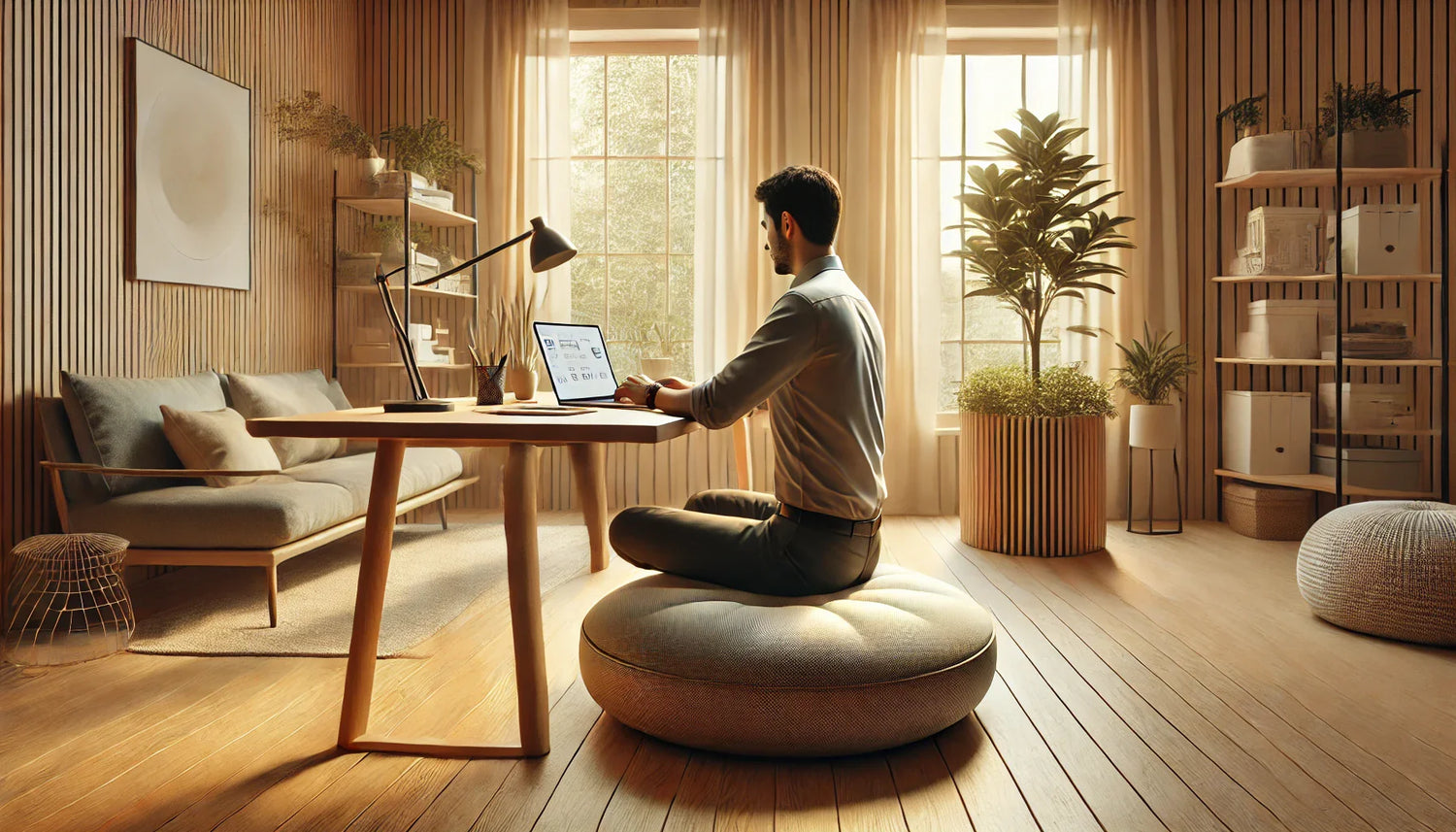
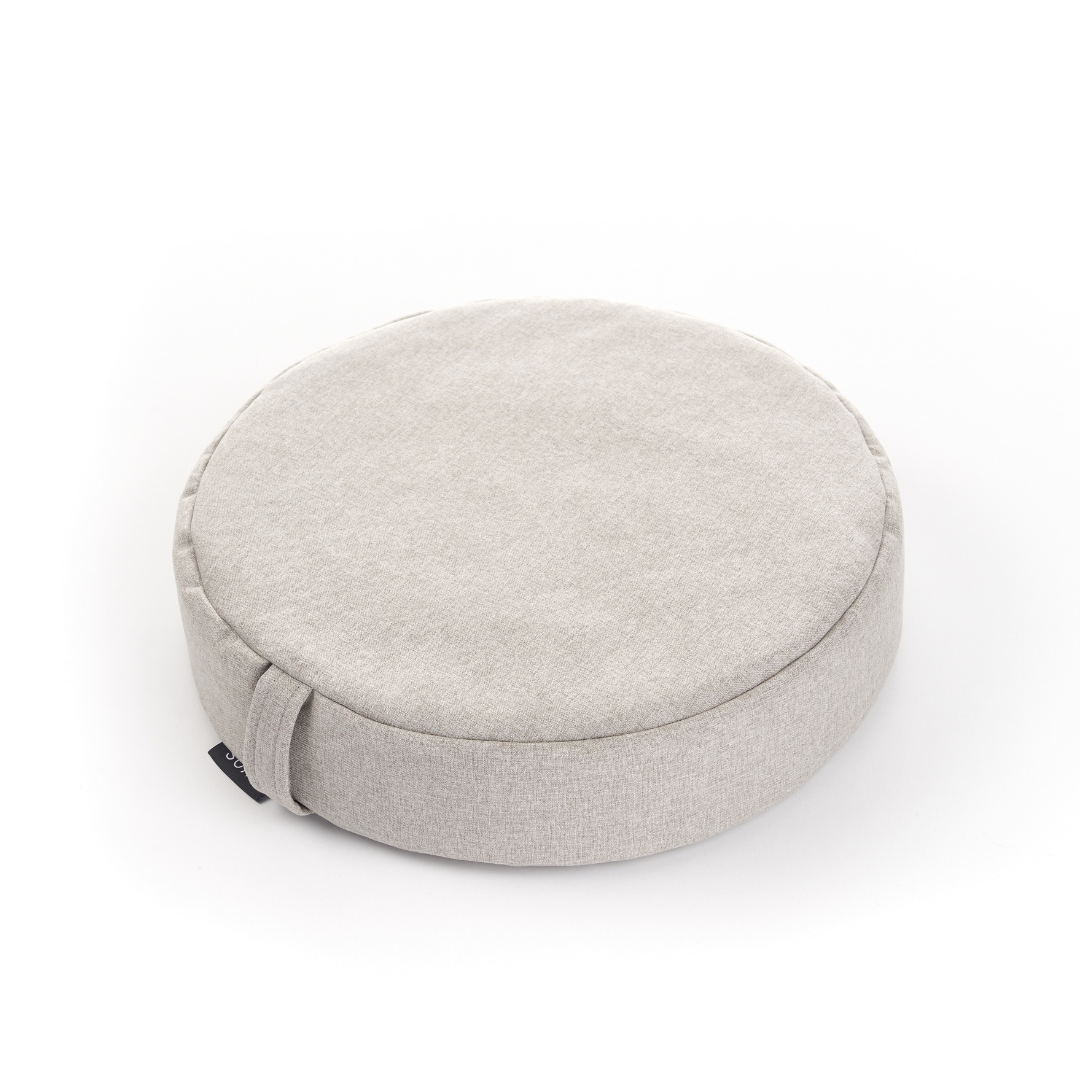
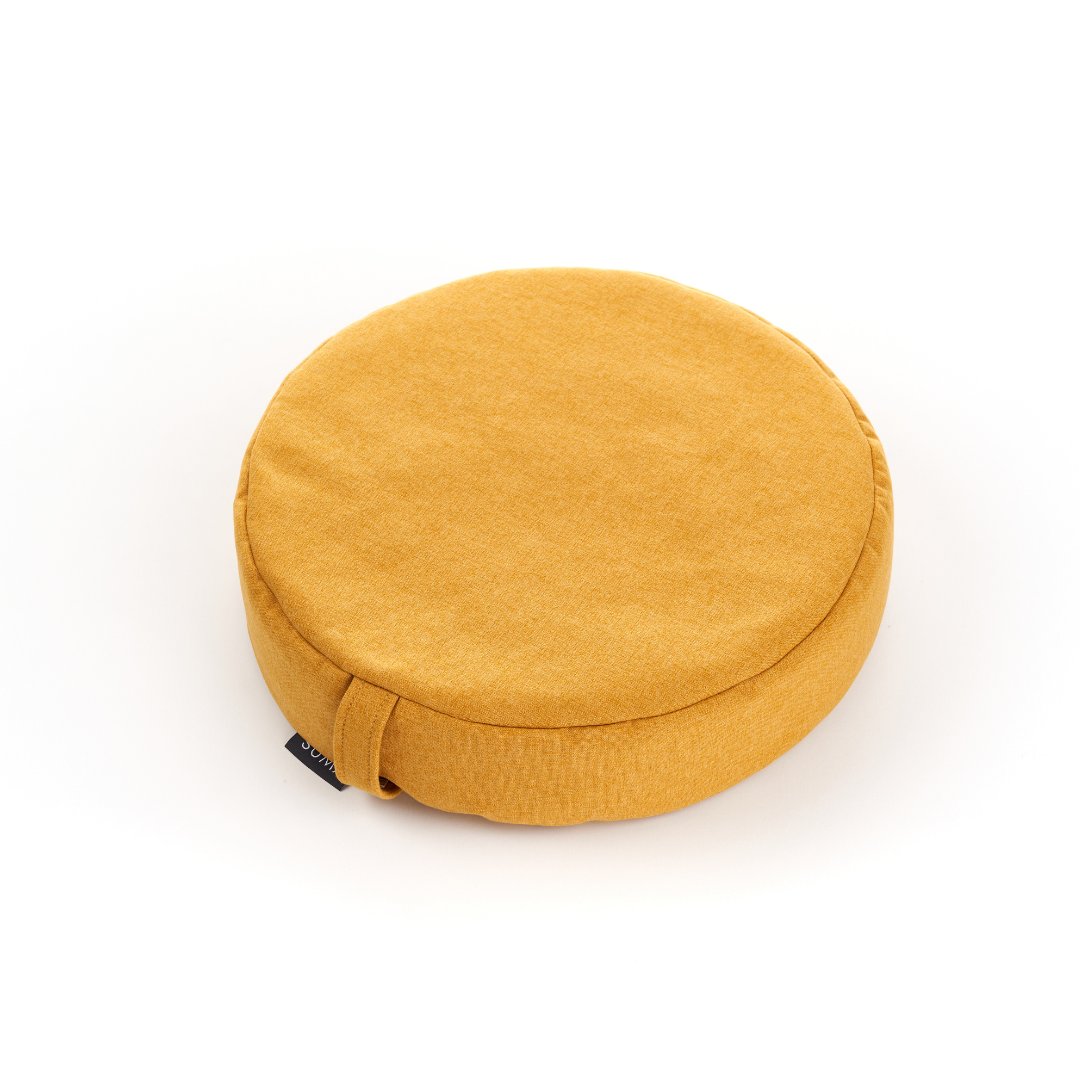
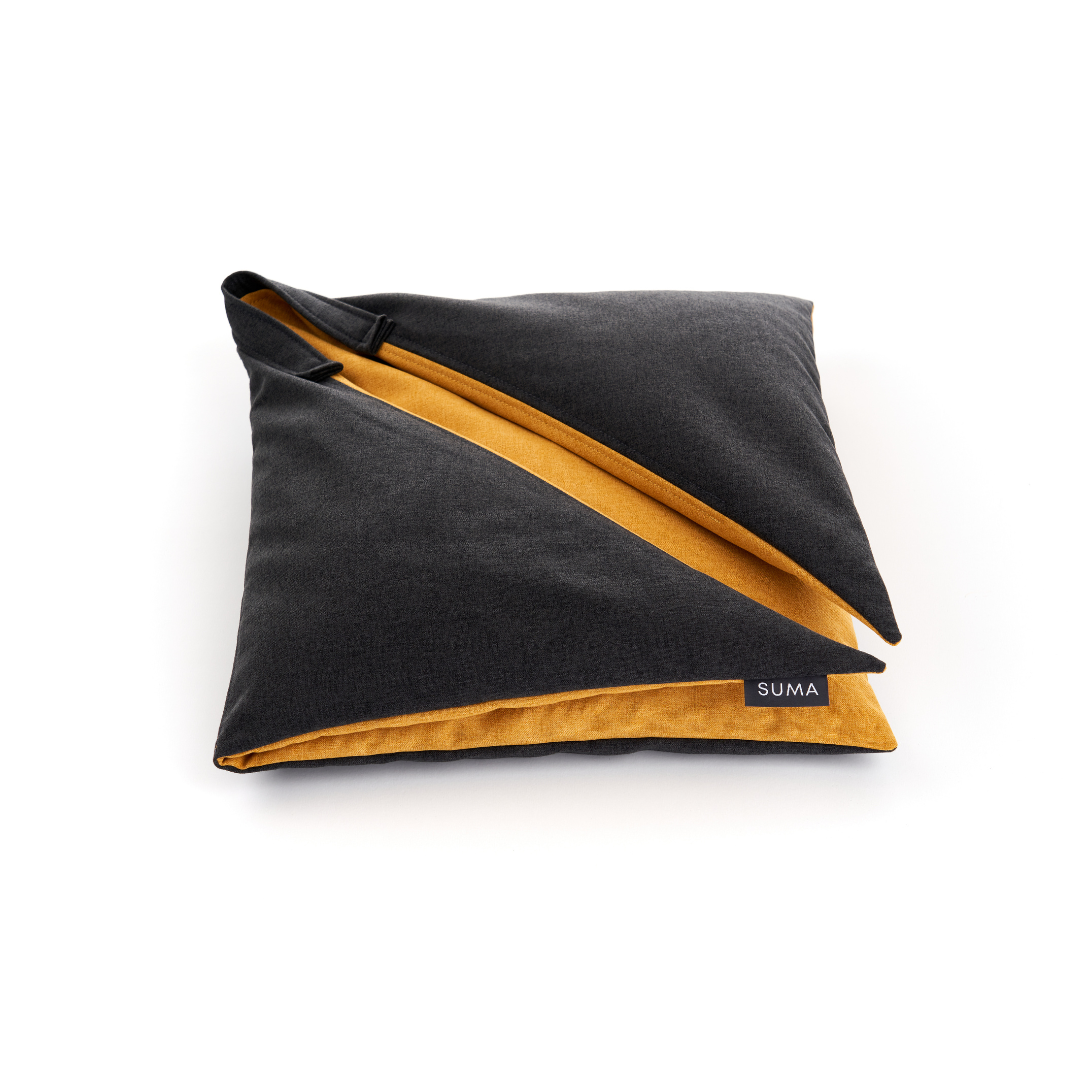
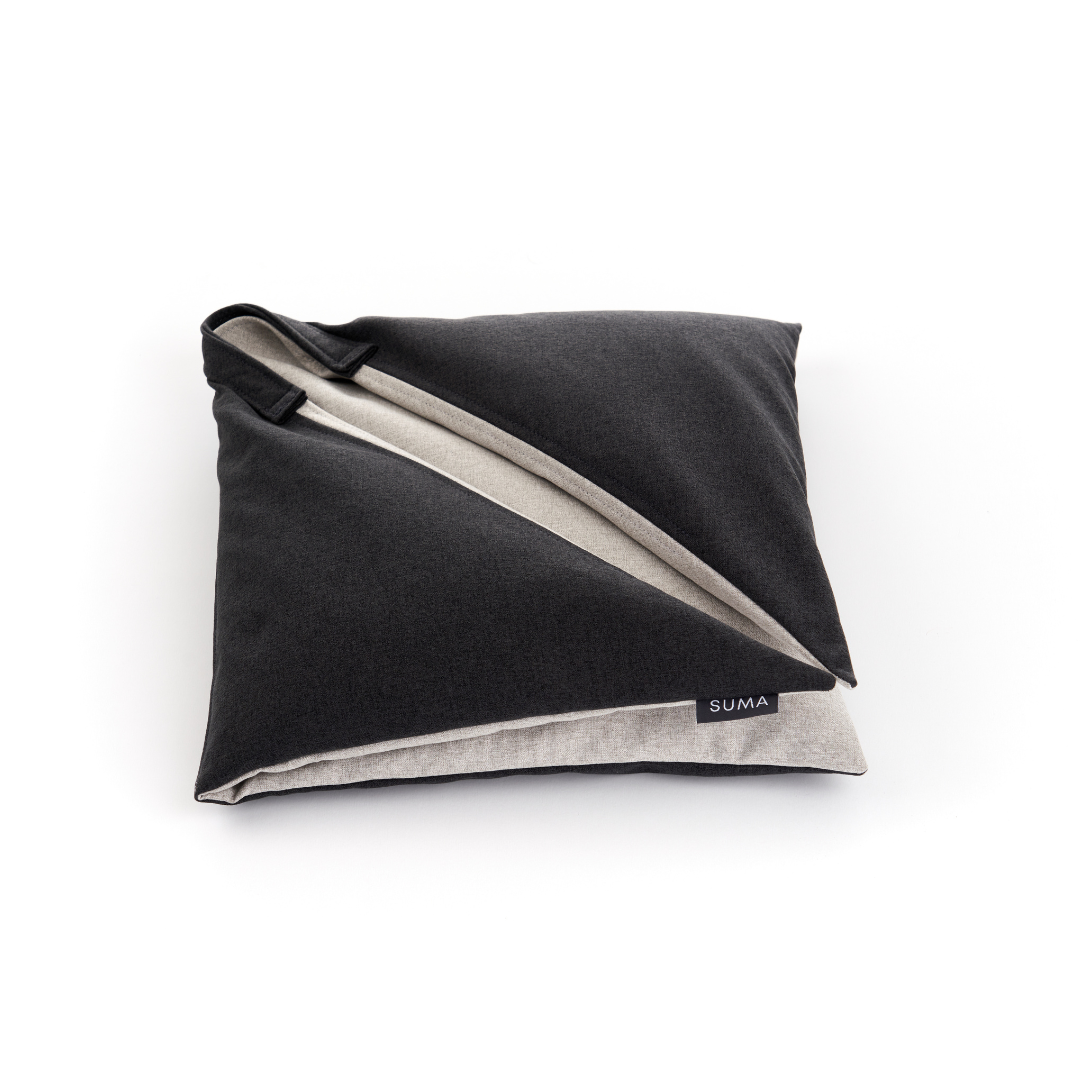

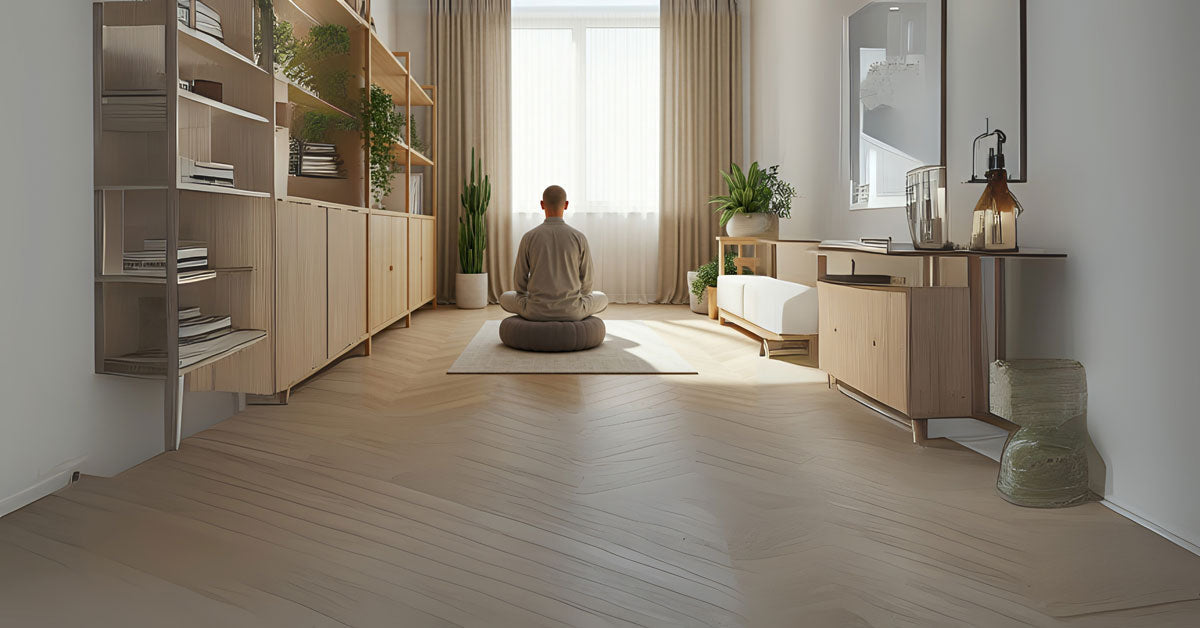
Leave a comment
All comments are moderated before being published.
This site is protected by hCaptcha and the hCaptcha Privacy Policy and Terms of Service apply.